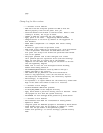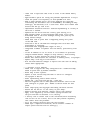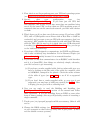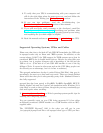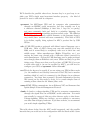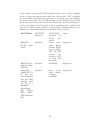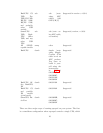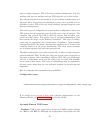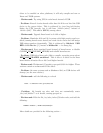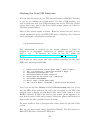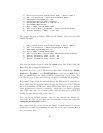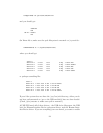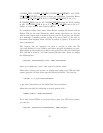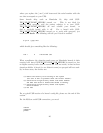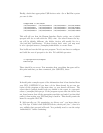powers a single computer. This is the most common configuration. If you’re
working with just one machine and one UPS, skip the rest of this section.
Your choices become more interesting if you are running a small cluster or a
big server farm. Under those circumstances, it may not be possible or even
desirable to pair a UPS with every single machine. apcupsd supports some
alternate arrangements.
The second type of configuration is a master/slave configuration, where one
UPS powers several computers, each of which runs a copy of apcupsd. The
computer that controls the UPS is called the master, and the other com-
puters are called slaves. The master copy of apcupsd communicates with
and controls the slaves via an Ethernet connection. This type of configu-
ration may be appropriate for a small cluster of machines. Some example
configuration files for the master and the slave machines can be found in the
examples directory of the source distribution. The more recent examples
are in master.apcupsd.conf and slave.apcupsd.conf.
The third configuration (new with version 3.8.3), is where a single computer
controls multiple UPSes. In this case, there are several copies of apcupsd on
the same computer, each controlling a different UPS. One copy of apcupsd
will run in standalone mode, and the other copy or copies will normally
run in master/slave mode. This type of configuration may be appropriate
for large server farms that use one dedicated machine for monitoring and
diagnostics
Here is a diagram that summarizes the possibilities:
Configuration types.
\addcontentsline{lof}{figure}{Configuration Types}\includegraphics{./main_configs.eps}
If you decide to set up one of these more complex configurations, see the
Advanced Topics (see Advanced topics) section for details.
Apcupsd Known USB Issues
- Problem: USB is only supported on Linux and *BSD systems (though
the *BSD is still BETA). Although the configuration script allows the usb
20



